After-Hours Tour of the Fraunces Tavern Museum: "Path to Liberty"
Explore a new exhibit inside the oldest building in Manhattan, a witness to history throughout the Revolutionary War Era!

Established in 1865, the Fire Department of the City of New York (FDNY) has been stopping fires and saving lives for over 150 years. As New York’s Bravest, they serve more than 8 million residents within a 320-square-meter radius across all five boroughs. Here are our top 10 secrets of the historic group.
The Fire Department of the City of New York is referred to as the FDNY (not the NYFD) for reasons that occurred over the centuries. In 1737, the City’s General Assembly passed a bill called “An Act for the Better Extinguishing
of Fires that May Happen within the City of New York” in which it was determined the force ““..shall be called The Firemen of the City of New York; …” Additional legislation was passed at the state and city level that cast the the name in stone, according to Gary R. Urbanowicz Executive Director of the NYC Fire Museum.
A little before the Civil War in 1855, there was some confusion when an act created “The Commissioners of the New York Fire Department.” Most histories relating to the acronym go back to a memorandum from 1870, but legislation created in the 1860s reaffirmed the use of the “Fire Department of New York.”
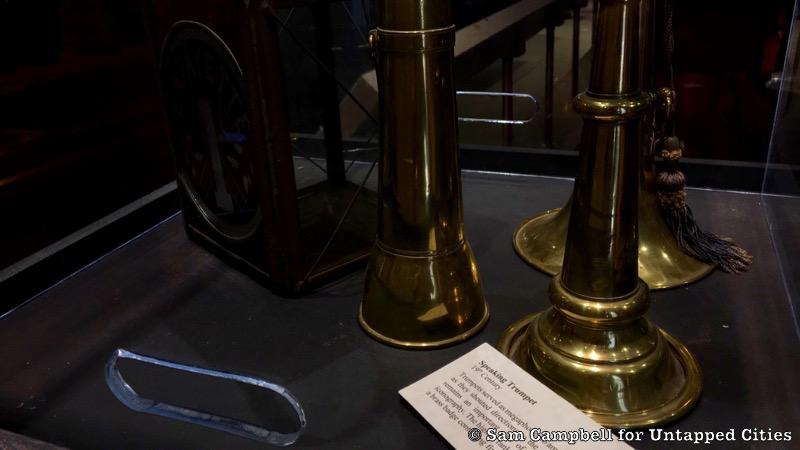
Ceremonial speaking trumpets were used in the 18th and 19th centuries typically as vocal amplifiers and decorative trophies awarded to distinguished officers of the fire department. But according to legend, some ornery folks would plug the end which contained the mouthpiece, and use the instrument as a frothy beverage container.
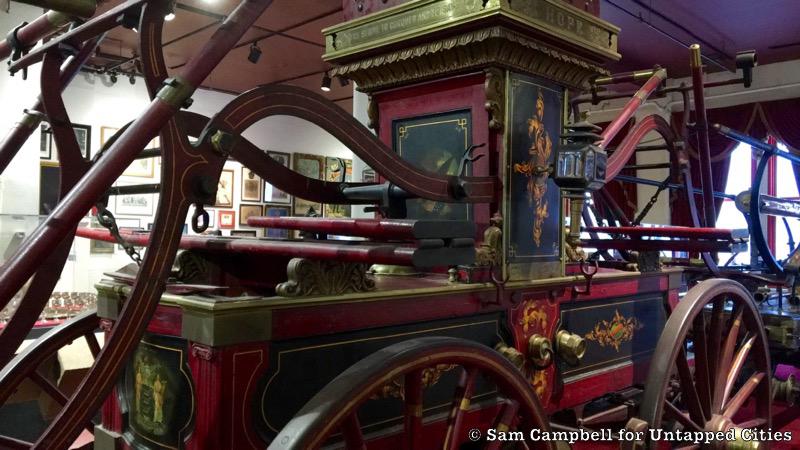
The first organized fire fighting group started as a result of a Fire Ordinance in New York City in 1648, when it was a Dutch colony known as New Amsterdam. Back then, dirty chimneys warranted a fine, which helped pay for hooks, ladders and buckets. The United States wouldn’t become a sovereign country until 1776, some 128 years after that. But the legacy of the Dutch colony remained in New York in the form of firefighting.
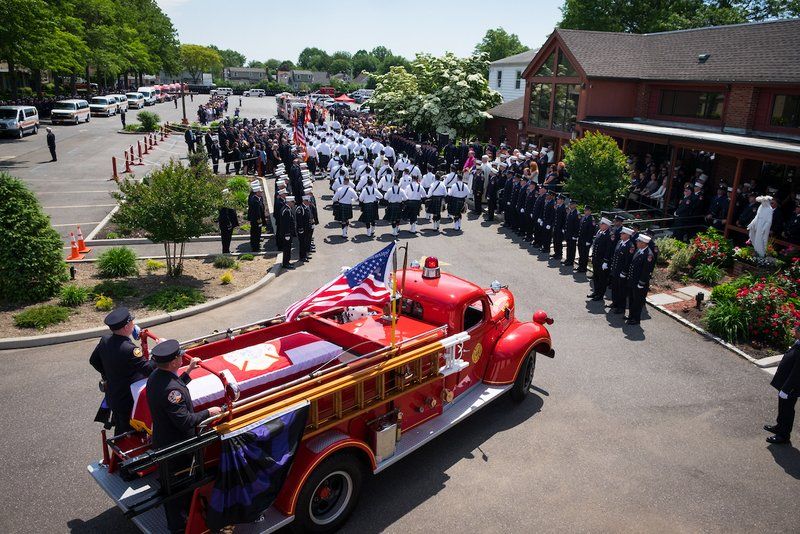
Beginning in 1648 with the passage of the Fire Ordinance, buckets were the cutting edge tool in firefighting technology. Okay, maybe not cutting edge, but they were the primary means available to firefighters. According to legend, the fire departments went as far as to exclude males and females from standing in the same bucket-passing line, should one get distracted by the opposite sex. Additionally, the buckets were mainly fashioned of leather by shoemakers
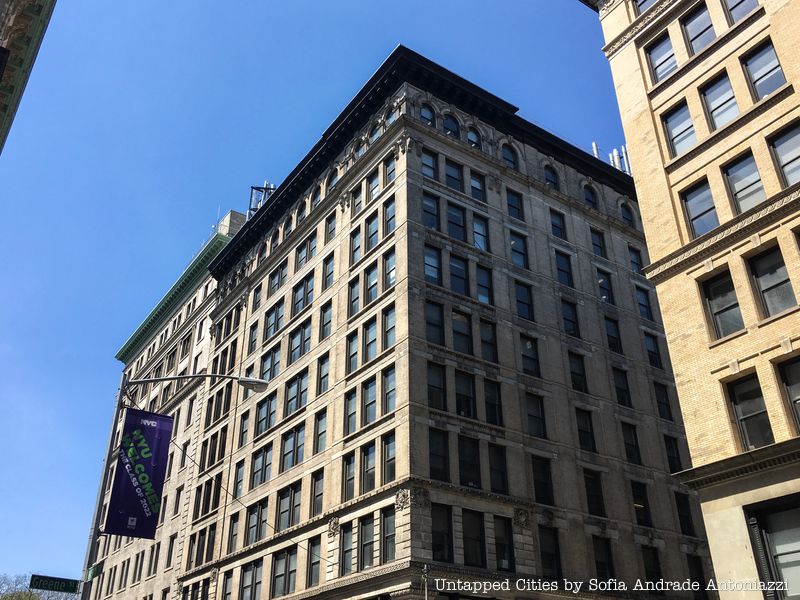
On March 25, 1911, the Triangle Shirtwaist Company, now an NYU academic building, caught fire on its top floors. Because the door had been locked to prevent employee theft and unauthorized breaks, most were trapped inside. About 40 women fell to their deaths in trying to escape the flames. The fire department ladders rose only six floors, making rescue virtually impossible. The devastating fire killed 148 women as a result of poor building fire codes and inadequate rescue equipment. The tragedy caused the city to reevaluate fire safety.
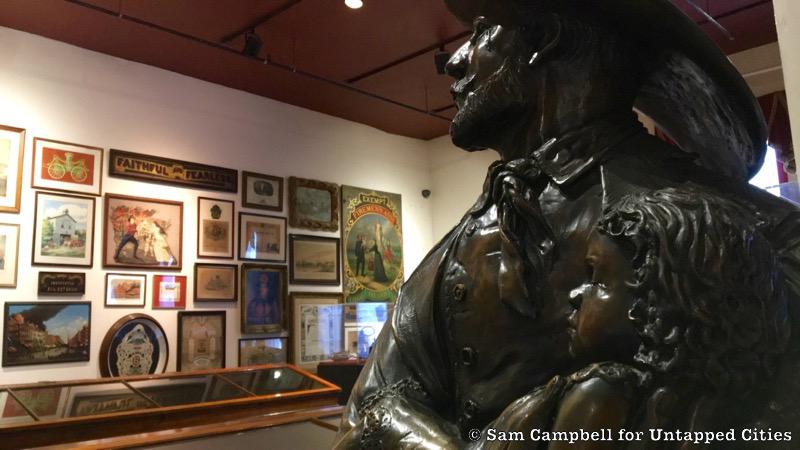
From the 1600s to the early 1800s, the fire department required all able-bodied citizens- men, women and children- to help in fighting fires; there was no discrimination in this draft. Protecting the city’s inhabitants and their belongings called for every household’s contribution. Each house was required to maintain two full buckets of water by the front door at all times, should a neighbor’s house ignite.
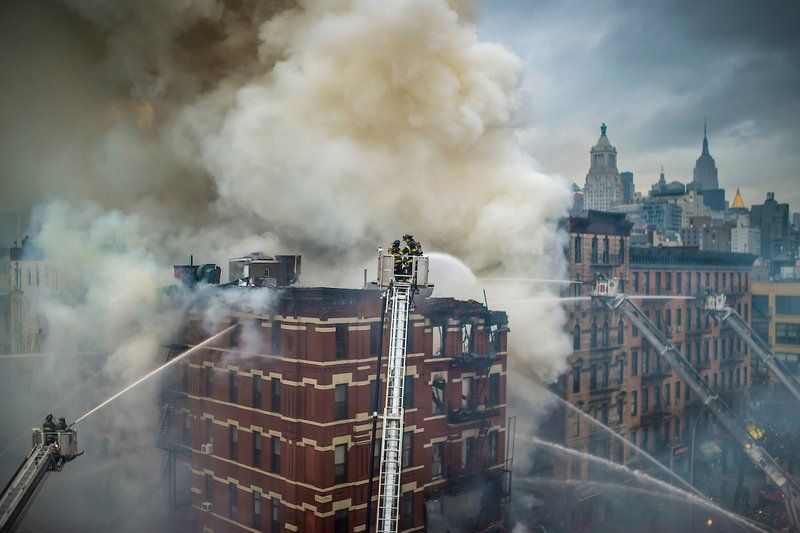
Colloquially referred to as the “War Years,” today’s firefighters speak of the 1970s as if Vietnam’s napalm had come to the streets of New York City. According to Amanda (who preferred to have her last name off the record), a historian at the New York Fire Museum, the reason for the name was due to the ’70s being the most prolific era for fires in the city. “They called it the war years just because some companies would go on thousands of calls per year…they’d get a call, go into the house, come back out and get another call,” she said.
The first reason for so many fires was because of the heavy amounts of flammable chemicals used in buildings during that decade. Yes, buildings rose faster due to lighter materials, but because of increasingly-open floor plans (less doorways) and certain types of materials, they caught fire and were incinerated just as quickly. Furthermore, because of the combination of effects from the recession, people would “burn down empty buildings for insurance [money], just abandoned buildings because landlords couldn’t afford to keep tenants there.”
Currently, there are around 10,000 uniformed firefighters in New York City, but only 28 of them are female. It wasn’t until 1977 that women were allowed to take the test to become firefighters. And even though most did well on the written section, not one of the 90 women who applied passed the physical portion of the exam. Five years later, Federal District Judge Charles P. Sifton ruled that the FDNY did not fairly measure the abilities to become a firefighter. 42 women passed the new test, and in 1982 became the first women to enter the FDNY.
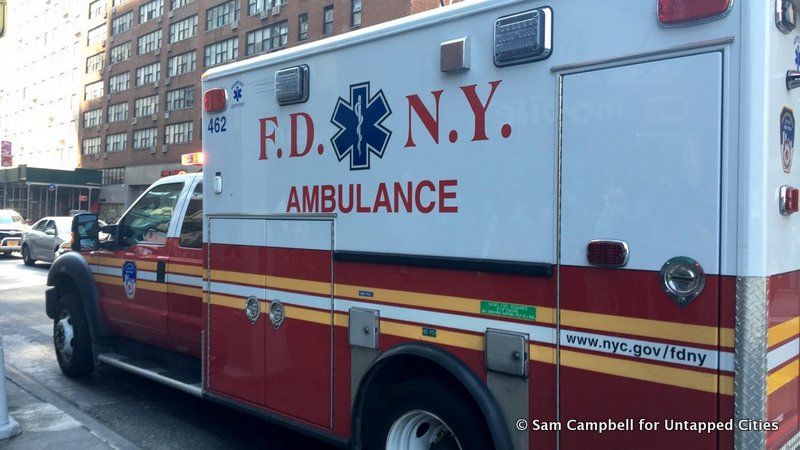
According to the FDNY Vital Statistics from the 2014, 50,137 civilians were saved or rescued total. Of those 50,137, only 300 were saved from building fires. The most common reason for rescue? In 2014, 39,085 civilians were saved as “victims trapped in elevators.” And in terms of total “Fire Incidents,” which include medical emergencies, only 42,043 of 519,798 were due to structural and non-structural fires.
It started with a fire at a waterfront warehouse in Williamsburg, Brooklyn on Feb. 1, 2015. Because of the extreme cold, the water used to douse the previous night’s fire froze in the early morning, giving the warehouse an appearance of something out of the popular Disney movie Frozen. The sight was seen once before after the 1912 fire at the Equitable Building, 120 Broadway.
Next, check out 8 Repurposed Fire Stations in NYC
Subscribe to our newsletter